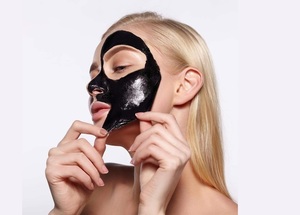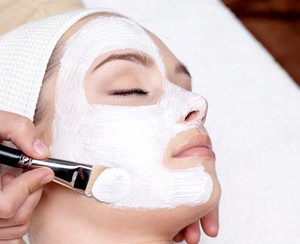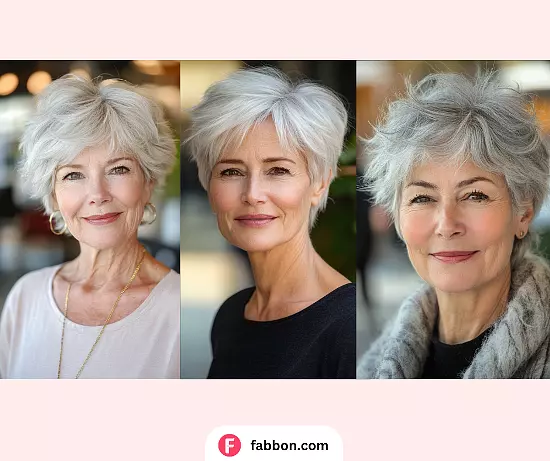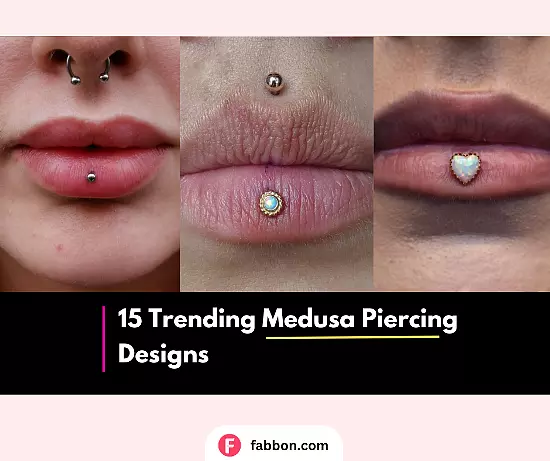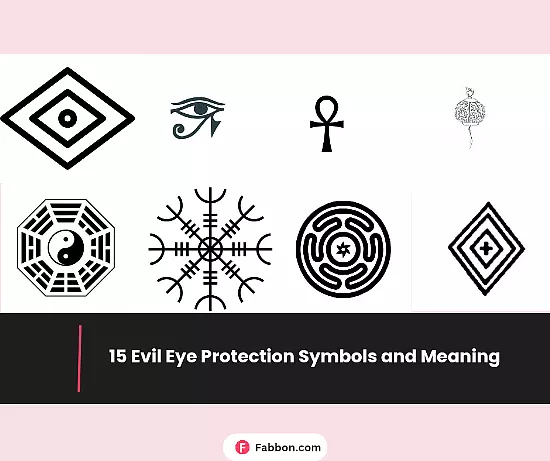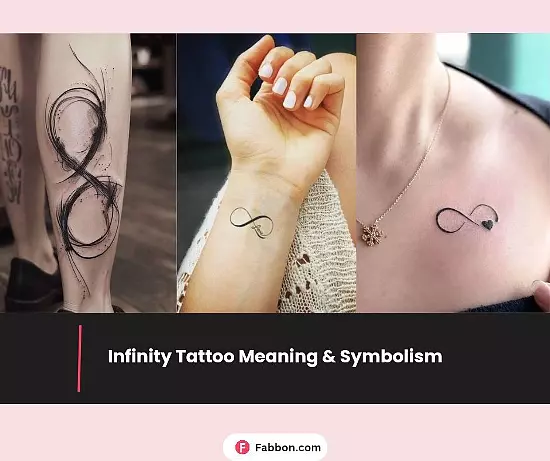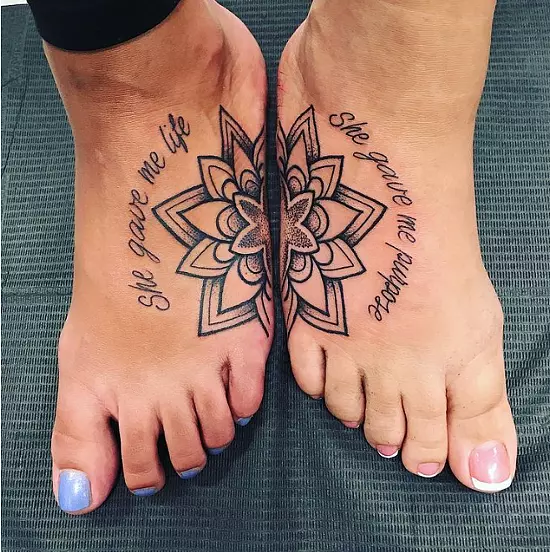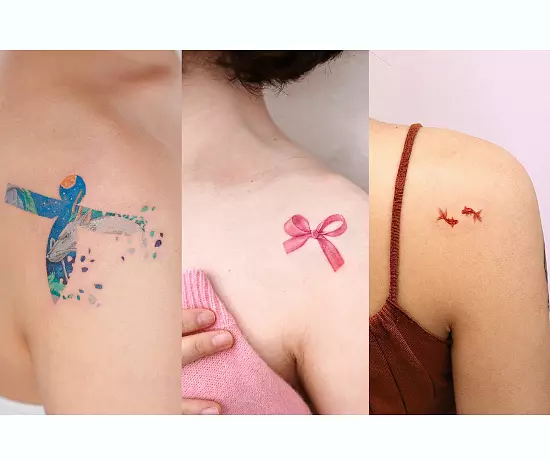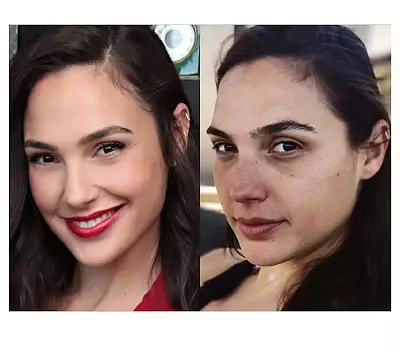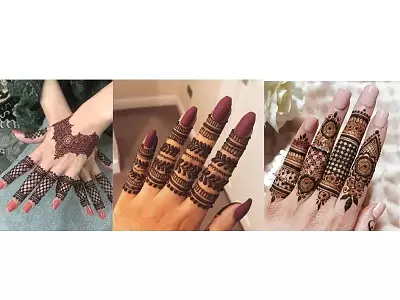Hyperpigmentation Guide: Treatments, Types, Causes And Preventions
Shalu B
Updated At 14 Sep 22
Flawless skin is the dream of many. But hyperpigmentation, a common skin condition, can throw your dreams of having even toned, flawless skin down the drain. Worry not as our guide would explain everything about hyperpigmentation including how to get rid of it. We specifically cover:-
- What is hyperpigmentation
- Hyperpigmentation types
- Hyperpigmentation main causes
- Best treatment for pigmentation on face
- Home remedies for pigmentation on face
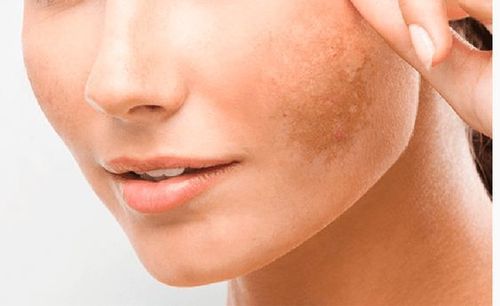
What Is Hyperpigmentation?
Discoloration of skin, dark patches, dark spots—this is what hyperpigmentation looks like. A common issue suffered by many, it can occur anywhere on your body but mostly it targets the face. Hyperpigmentation shows no discrimination and affects all skin types. However, it affects people with dark skin more than those with lighter skin.
Hyperpigmentation occurs when skin starts producing more melanin—pigment in our skin responsible for giving it its color—as compared to the surrounding skin resulting in uneven pigmentation marked by dark patches or dark spots.
It can get worse when exposed to sun. Although it looks harmless, yet in some cases it can indicate an underlying illness. Therefore, you should always pay attention to any of such changes in your skin even if it is something minor.
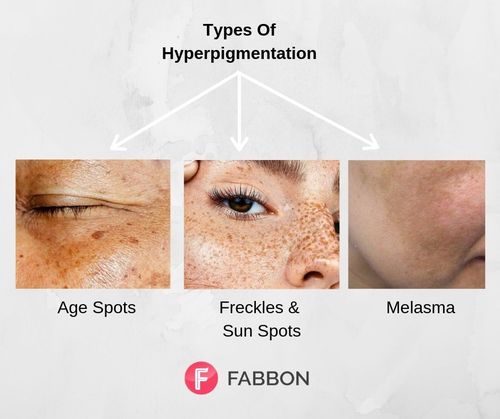
Types Of Hyperpigmentation
Following are the various main hyperpigmentation types:
1) Age Spots
Age spots are black or brown spots which are triggered by a number of factors including ageing and sun exposure. They are mostly found on face, hands, shoulders, arms, and other areas which are exposed to sun. They are also known as liver spots, or solar lentigines. Age spots are harmless and don’t need any treatment. But, people prefer to get rid of them or try to make their appearance less noticeable.
2) Freckles And Sun Spots
Freckles and sun spots are small darker patches of skin which occur as a response to sun exposure. Our skin produces melanin as a response to being exposed to sun. That is the skin’s natural method of protecting itself against the sun’s harmful UV rays. Sun spots can occur anywhere on the body and at any age due to spending long hours in the sun.
3) Melasma
Melasma is a skin condition triggered by hormones and affects women more than men. In this condition, hyperpigmentation appears on forehead, nose, cheeks, and the area around lips. Also called chloasma, it is most common during pregnancy when hormones go haywire. This is one of those hyperpigmentation types which usually goes away on its own. As soon as the hormones come back in a balanced state, chances are your skin will too.
Also Read: 5 Effective Home Remedies For Hyperpigmentation You Need To Know
Hyperpigmentation Causes
Hyperpigmentation occurs as a result of many factors. Some of the hyperpigmentation causes are listed below:
1. Sun Exposure
The no. 1 hyperpigmentation cause is long exposures to the sun. On such an exposure, skin produces more melanin to protect itself and thus, results in the formation of dark spots and patches on exposed areas.
2. Pollution
Pollution is another lead cause of many skin problems including hyperpigmentation. The harmful pollutants not only harm our health but can also irritate the skin to trigger excess melanin production.
3. Age
As you age, your skin starts losing melanocytes, the melanin producing cells in skin. Whatever cells are left, they increase in size and continue producing melanin. The distribution of pigmentation becomes uneven and focused to form what are known as age spots. The appearance of age spots increases after the age of 40.
4. Hormones
Hormones are the cause behind a particular type of hyperpigmentation, i.e. Melasma. As we mentioned earlier, this condition affects women more than men. An imbalance of estrogen and progesterone—the female sex hormones—can trigger excess production of melanin. Such an imbalance can occur during pregnancy or due to the use of birth control or as a side effect of hormone treatments.
5. Genetics
Genetics can be another one of the hyperpigmentation causes. If your mother or father has it and any of their parents before them bore the marks, then chances are you will have to be an unwilling bearer of hyperpigmentation too.
6. Skin Inflammation
Skin inflammation causes dark spots after the injury or inflammation heals. The healed portion becomes darker than the surrounding skin. Even the healing of a pimple can leave behind a nasty spot. Skin inflammation is one of the leading hyperpigmentation causes especially in people with dark skin.
7. Reaction To Drug Use
Hyperpigmentation can also occur as a result of using certain medications such as chemotherapy drugs, antibiotics, antimalarial drugs, tricyclic antidepressants, among others.
8. Medical Condition
Hyperpigmentation is harmless but it can sometimes be a result of an underlying disease such as Addison’s disease or hemochromatosis. Both of these are serious conditions and have hyperpigmentation as one of their symptoms.
Also Read: Hair Rebonding: Cost, Process, Pros And Side Effects
Hyperpigmentation Prevention And Precautions
Before rushing for hyperpigmentation of skin treatment, it is important to follow certain skin care rules to prevent existing hyperpigmentation from worsening and to prevent the occurrence of any new discoloration of skin.
- Avoid sun exposure - As much as possible, avoid going in the sun especially during the peak hours when the UV rays are the most harmful.
- Always wear sunscreen - When going out, even if it is a cloudy day outside, always wear a sunscreen with at least SPF 30. Reapply as and when needed.
- Follow a good skin care routine - Just the normal CTM routine can help you combat hyperpigmentation one step at a time.
- Don’t pick on your skin scabs or pimples - We know it is tempting, weird but tempting, to pick up on scabs or pimples. But seriously, don’t. Cause it will lead to a nasty scar, a darkened patch of skin which the future you will not like at all.

Best Treatment For Pigmentation On Face
One can reply on the following types of treatment options to get rid of hyperpigmentation.
- Topical Creams
- Cosmetic procedures for treating hyperpigmentation
- Natural methods like home remedies to get rid of for pigmentation on face
Topical Creams
Uing a topical cream is on Buy cleansers, moisturizers, creams, spot treatments, serums etc. that you normally use with ingredients such as
- Kojic acid
- Retinoic acid
- Vitamin C
- AHA & BHA
- Vitamin B3, and
- Licorice
All these ingredients are known for their skin lightening and brightening properties. They will not only lighten the appearance of dark patches but will also prevent further formation.
Note:- Before finalizing medication, always consult your doctor first.

Cosmetic Procedures To Get Rid Of Hyperpigmentation
1. Microdermabrasion
Procedure:
With the help of a special applicator the top most layer of skin is removed over multiple sessions to reveal new and rejuvenated skin.
Best For Removal Of:
Minimal darkness, sunspots, dark spots, acne scars, melisma and other concerns.
Side effects:
Mild tenderness, swelling, redness, minor bruising, and flaky skin. They usually go away after a few hours of treatment.
2. Chemical Peels
Procedure:
Chemical solutions are applied to affected area and as a result the skin peels off to reveal new skin which is smoother, and less damaged.
Best For Removal Of:
Stubborn spots, sun damage, acne scars, Melasma
Side effects:
Redness, dry skin, burning sensation, swelling are some of the common yet temporary side effects.
Permanent side effects include darkening of skin, scarring, infections and possible heart, liver or kidney damage. These are the result of stronger chemical peels.
3. Intense Pulsed Light
Procedure:
It is a type of laser treatment where a pulse of light is thrown at skin which penetrates deep to remove the presence of unwanted pigment. It requires more sessions as compared to a simple laser therapy.
Best For Removal Of:
Discoloration due to sun exposure, and other sun damage, age spots, birth marks
Side Effects:
May include bruising and blistering of skin, change in color and skin infection
4. Laser Treatment Or Resurfacing of Skin
Procedure:
One of the most effective treatments to get rid of hyperpigmentation, this procedure involves exposing skin to light beams to get rid of hyperpigmentation.
Usually a carbon dioxide laser is used to remove layers of skin in a fractional manner. It is the best treatment for pigmentation on face if you want the results of multiple treatments in one.
Best For Removal Of:
Stubborn discoloration, prominent scars, severe sun damage
Side Effects:
Redness, swelling and in rare cases scarring
Alongwith hyperpigmentation, Laser treatment is also effective in treating other skin concersn like acne rosacea.
5. Microneedling
Procedure:
As the name suggests, this procedure involves the use of needles and is definitely not for the faint of heart. Medical grade stainless steel roller covered with hundreds of tiny needles is used to create multiple micro injuries over the affected areas to boost collagen production.
Best For Removal Of:
Minor scars, age spots, uneven skin tone
Side Effects:
Minor skin irritation, redness, and can sometimes even leas to bleeding, bruising, infection, and peeling of skin
Consult with your dermatologist before choosing any of these treatments as they need to be done by an expert and require preparation.
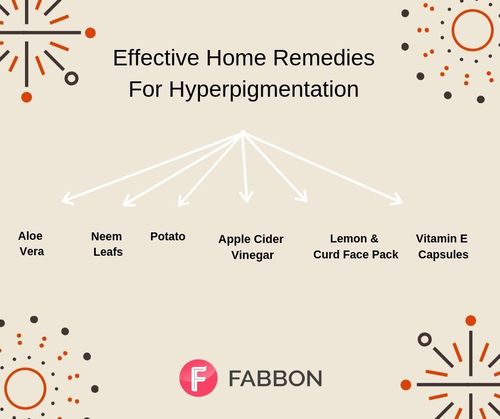
Natural Treatment - Home Remedies For Hyperpigmentation
Treating hyperpigmentation using natural methods is one of the best ways to get rid of it as it is unlikely to have any side effects.
Following are some time-tested home remedies effective in removal of pigmentation:
1. Aloe Vera
Aloe vera is the best treatment for pigmentation on face as well as other darkened areas of body. You can either use the aloe vera gel available in market or directly apply from the plant.
Gently massage face and affected areas with aloe gel. Leave for about 30 minutes and then rinse off. Repeat twice a day for effective results.
2. Neem
Neem is known for its anti-bacterial and anti-inflammatory properties. Eat fresh neem leaves on an empty stomach each morning. Yes, they are bitter and it will be a feat to eat them but they will purify your blood and will clear the infection leading to pigmentation from within. You can also make a paste of neem leaves and apply on affected areas.
3. Apple Cider Vinegar
Apparently Apple Cider Vinegar can help with everything skin or health related. Drink it or apply it, ACV removes the pollutants and free radicals to give you smooth and supple skin.
Mix 1 tbsp. of ACV with 2 tbsp. water and apply on affected areas. Rinse after 5 minutes. Repeat twice a day.
4. Lemon, Curd And Gram Flour Face Pack
Lemons are rich in Vitamin C and antioxidants. They are known to be effective for skin lightening. Make a paste with gram flour, curd, lemon juice, and rosewater. The quantity you take should depend on your skin type. For dry skin, use more curd and less of lemon. While for oily skin use more of lemon juice than curd. You can also add a pinch of turmeric for added benefits.
Apply the paste on a clean face and leave it for 15 minutes. Rinse off with cold water. Use daily to see visible reduction in hyperpigmentation.
Also Read: 5 best Methods For Upper Lip Hair Removal
5. Potato
Potatoes are full of starch and contain an enzyme called catecholase which inhibits melanin production.
Cut a raw potato in half. Rub in circular motions on the affected area and rinse off after a few minutes. Repeat at least 2-3 times per week.
6. Vitamin E
Vitamin E is good for skin. It reduces sun damage and is effective in repairing damaged skin. Vitamin E capsules are easily available in the market. Puncture a capsule and mix its contents with a few drops of castor oil. You can use any other oil which you find more suitable for your skin. Apply this mix on affected areas and leave overnight. With continued use, you will see reduction in hyperpigmentation.
Also Read: Acne Rosacea: Causes, Treatment And Skin Care Guidelines
Frequently Asked Questions
Q. Can hyperpigmentation be treated permanently?
Yes, it is very much possible to treat hyperpigmentation permanently by both natural and cosmetic treatments.
Q. How much time does it take to get rid of pigmentation?
There are a variety of treatments available and each treatment takes different amount of time to show results, the time taken will also depend on your skin and the amount of hyperpigmentation you aim to get removed.
Related Articles


